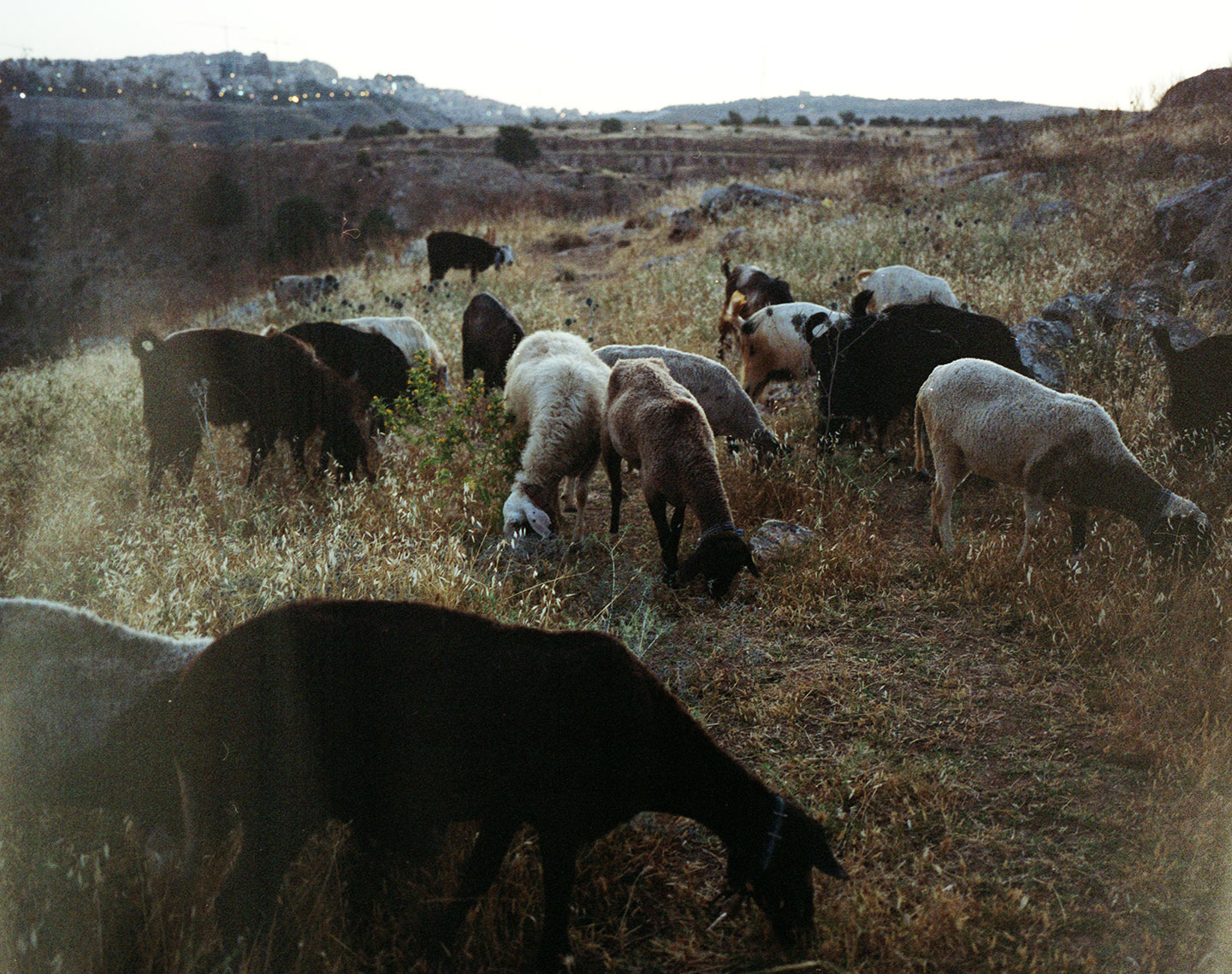Israel’s domestic intelligence agency.
This sentence is paraphrased from a comment Amal Issa wrote on my Facebook wall, March 25, 2020.
This number does not include the refugee camp, which is inhabited by at least another thirty thousand.
Primarily from towns and villages of the Galilee, also referred to as a-shamaal, or “the north.”
After the occupation and annexation of East Jerusalem, the municipality passed a law limiting construction volume within a plot of land known as the “floor area ratio” (FAR) to merely 25 percent. By comparison, Jewish neighborhoods were built with high-rises, in order to exhaust the maximum capacity of the building area and to overlook the Arab neighborhoods. As the decades passed, the FAR increased in East Jerusalem as the Israeli state realized that Arabs had run out of land. For further reading: Eyal Weizman, “Jerusalem: Petrifying the Holy City,” chap. 1 in Hollow Land: Israel’s Architecture of Occupation (Verso Books, 2007), 25–57.
At the beginning of the Covid-19 outbreak, Israeli authorities threatened to shut the checkpoint and wall off the residents entirely, in a vague attempt to protect Jerusalemites from each other.
Sarah Kaminker, “For Arabs Only: Building Restrictions in East Jerusalem,” Journal of Palestine Studies 26, no. 4 (1997): 15.
Nicholas Hind, “Gundelia Tournefortii: Compositae,” Curtis Botanical Magazine 30, no. 2 (July 2013): 114–38.
A lone German man travelling through the Levant is the first known Westerner to have illustrated and described the ‘akkoub, scientifically known as Gundelia tournefortii. In November 1573, Leonhart Rauwolf (lion heart, rough wolf) left Bavaria to begin his search for herbal medicine supplies in Tripoli, modern-day Lebanon. He continued from there to the “mighty city” of Aleppo, then to Baghdad and Mosul, before ending with a trip to Jerusalem. Rauwolf, relying on a description by the ancient Greek physician Discorides, mistook the Gundelia for milk thistle. A forgivable mistake really, as even locals today who eat ‘akkoub but aren’t involved in its collection commonly confuse it with other similar-looking thistles. Prussian and other European botanists built on Rauwolf’s Aigentliche Beschribung der Reise in die Morgenländerin (A true account of a voyage to the Levant). They noted how in the old Baghdad markets, the mature and hardened heads were eaten like nuts, and in some parts of Turkey and Iraq were used as a source of oil and gum.
Rabea Eghbarieh, Limatha Takhsha Israeel al-za’atar w’al-‘akkoub? (Why does Israel fear ‘akkoub and za’atar?), Fusha, May 8, 2017 →.
Didi Kaplan, Dror Pevzner, Moshe Galilee, and Mario Gutman, “Traditional Selective Harvesting Effects on Occurrence and Reproductive Growth of Gundelia Tounfortii in Israel Grasslands,” Israel Journal of Plant Sciences, no. 43 (1995).
As Kaplan told me in an interview in March 2019.
Very few cases have been tried for the collecting of miramiyyeh, which is used mainly as an herb and not as food, and is therefore collected in lesser quantities.
‘Akkoub is bountiful in many parts of the Golan Heights—Galileans forage most of their ‘akkoub from this region.
Achille Mbembe, “Fanon’s Pharmacy,” chap. 5 in Necropolitics (Duke University Press, 2019), esp. 153.
For more on the critique of techno-optimistic efforts enmeshed in Western end-time thinking, see Deborah Bird Rose, “Reflections on the Zone of the Incomplete,” in Cryopreservation, ed. Joanna Radin and Emma Kowal (MIT press, 2017).
Paraphrased from Carol Bardenstein, “Threads of Memory in Discourses of Rootedness: Of Trees, Oranges and Prickly-Pear Cactus in Palestine/Israel,” Edebiyat: A Journal of Middle Eastern Literatures 8, no. 1 (1998). Bardenstein is quoted in Irus Braverman, “Planting the Promised Landscape: Zionism, Nature, and Resistance in Israel/Palestine,” Natural Resources Journal 49, no. 2 (Spring 2009): 343.
Natalia Gutkowski, “Governing through Timescape: Israeli Sustainable Agriculture Policy and the Palestinian-Arab Citizens,” International Journal of Middle East Studies 50, no. 3 (2018).
Laren Sommer, “To Manage Wildfire, California Looks To What Tribes Have Known All Along,” NPR, August 24, 2020 →.
Habib Yazdansehnas, Ali Tavili, Hossein Arzani, and Hossein Azarnivand, “Traditional Gundelia tournefortii Usage and its Habitat Destruction in Tiran va Karvan District in Iran’s Isfahan Province,” Science Alert, June 15, 2016 →.
Quoted in Rabea Eghabrieh, “The Struggle for Za’atar and ‘Akkoub: Israeli Nature Protection Laws and the Criminalization of Palestinian Herb-Picking culture,” Oxford Food Symposium on Food and Cookery 2020, forthcoming.
Irus Braverman, “The Regulatory Life of Threatened Species Lists,” in Animals, Biopolitics, Law: Lively Legalities, ed. I. Braverman (Routledge, 2016), 20.
At the end of the spring, this plant blossoms with “inverted” blue flowers. The leaves are heart-shaped and their scent is incredibly beautiful. Locally, it is traditionally used to calm nerves and as a pain relief for toothaches. It also repels cockroaches and mosquitoes.
Juno Salazar Parreñas, Decolonizing Extinction: The Work of Care in Orangutan Rehabilitation (Duke University Press, 2018).
Restricting how much of certain plants can be foraged is both difficult to monitor and arbitrary, as the number of foragers visiting particular sites varies greatly. A more effective approach might be to designate certain areas for foraging for limited periods—say, one to five years—while closing off others to allow plants to rejuvenate and multiply. This is rewilding alongside zoning.
